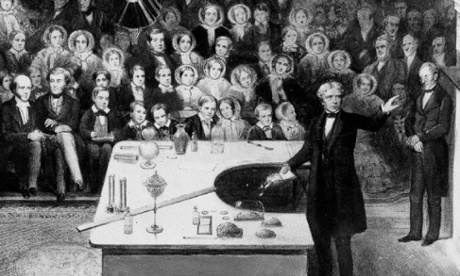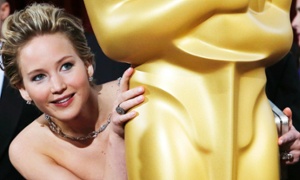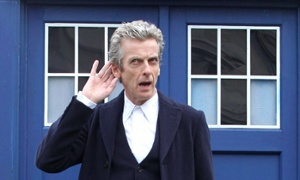
Most people are familiar with some Victorian attempts to popularise science. Perhaps best known are the Royal Institution’s Christmas Lectures, begun by Michael Faraday and continued by successors including John Tyndall. They helped make science fashionable and the lecturers famous, also instilling a particular view of science, its authority and its relationship to the public.
The 19th century was, though, also a boom time for publishing about science, in books and periodicals aimed at all sorts of readers: budding researchers, interested amateurs, women, children, self-improving workers, pious admirers of God’s work and political radicals. Because of this plethora of audiences – and the still fuzzy lines between amateur/professional, researcher/populariser, man of science/man of letters – there was room for a diverse range of approaches.
I was struck afresh by this multitude of voices speaking for and about science when reviewing a new book, edited by Bernard Lightman and Michael Reidy, for an academic journal. It focuses on the world of the scientific naturalists, including Tyndall, as they sought to establish a science they claimed was based purely on naturalistic explanations. In limiting science to empirical investigation, they asserted a unique authority in speaking about science.
Tyndall and others such as T H Huxley are seen as heroes of rational, secularised science, heralding the arrival of a trained and professionalised scientific workforce. This book, like others in the history of science, complicates this narrative in various ways. It is impossible to fit individuals into neat boxes with regard to their views on science, metaphysics and theology, and thinking in terms of science versus religion, rationalism versus dogmatism, or even professionalism and amateurism, is deeply misleading.
One chapter particularly caught my attention with its clear illumination of something I have always felt made the legacy of Tyndall and his close allies interestingly problematic for us today. Jeremiah Rankin and Ruth Barton do this by comparing the popular writings on science of Tyndall and G H Lewes (better known as a critic and George Eliot’s partner).
Rankin and Barton make a convincing case that we should treat both men as being simultaneously men of science and men of letters – both carried out scientific observation and experiment and both wrote about science for a general readership. They can also both be described as scientific naturalists, promoting evolution and other naturalistic accounts of the formation and workings of the physical world.
As the essay shows, though, there were significant differences between the two with regard to how they portrayed men of science and their relationship to the wider public. While Tyndall emphasised all the trappings of authoritative science – specialist laboratory space, equipment, techniques – Lewes discussed observation and experiment that could be carried out in the field or at home.
While this can be put down to the different kinds of science they were discussing – physical sciences and physiology – and their differing status within the scientific world, there is more to it than this. Both men made use of laboratories and a community of experts, but only Tyndall sought to emphasise this, along with the distance and difference between elite men of science and his readers. His approach was what we might now call “deficit model”, and he saw his role as guiding his readers around the complexity of knowledge that only a few people could speak about with authority.
Lewes, by contrast, was much closer to today’s favoured model of public engagement with science (see this short post on PUS to PEST). He was inviting readers to be present and, potentially, participating in science, rather than simply receiving the words of an expert. Tyndall’s elite, specialised and closed world was met by Lewes’s inclusive, democratic and accessible vision of science.
Tyndall expected, above all, for his audiences and readers to be impressed with his ability to understand and manipulate natural phenomena. Experiments performed in lectures were less about revealing processes and more about proving his skill and knowledge. As Rankin and Barton suggest, he “promoted a conception of science that largely excluded the public from the production of scientific knowledge”.
Lewes, on the other hand, expected his audience to question, challenge or verify what they were told, to engage, participate and make discoveries of their own. He insisted that science should be opened up more widely, fearing it might otherwise “degenerate into immoveable dogma”. Only broad participation would ensure the validity of scientific work.
While historians are wary about applying lessons from the past, history does help us to question present assumptions. It gives us pause to reflect on how much attempts to establish the authority of particular groups and approaches have been about excluding others from the conversation. Tyndall was right that we can’t all be scientific researchers, but Lewes’s democratic vision for science might still inspire us to reopen channels of communication that have since been shut down.
• This article was amended on 24 June 2014. The original stated that Lewes was involved in botany. This has been corrected.
















